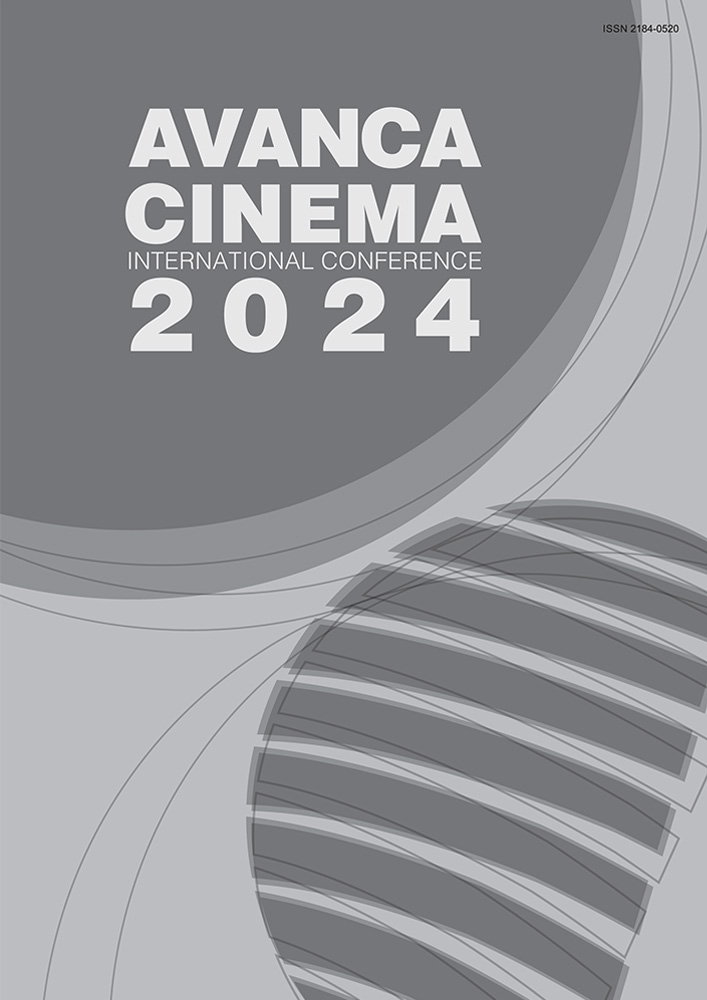Capítulo V _ Convidados
Reverberações Sinestésicas: Interação entre Memória, Performance e Artes Visuais em ‘Quadros de uma Exposição’
Resumo
In the project ‘Viver ao Vivo: Com Tempo no Centro’, Modest Mussorgsky’s “Pictures at an Exhibition” is reimagined, transcending its original modality to become a multisensory spectacle. Laing (2007) offers a fundamental understanding of Mussorgsky’s work, which informs the authors’ analysis and the project’s ambition to promote the appreciation of classical music for contemporary audiences through the fusion with artistic video. The synthesis of performative music and cinematography discussed by Pandey (2022) elucidates the capability of visual media to extend the narrative of a musical score. This project leverages these insights, as articulated by Penner (2020), by employing auteur video production techniques to create a dialogue between the auditory and the visual, maintaining fidelity to Mussorgsky’s compositional intent. Reason et al’s exploration of audience engagement in live performances (2022) complements this study by highlighting the experience emphasized through visual storytelling, a concept further detailed by Penner ‘s work (2020) on digital narrative in music. The project also serves as a pedagogical platform, as suggested by Shephard & Leonard (2014), bringing the nuances of classical music to a broader audience. Additionally, the initiative addresses the arts as a privileged medium of cultural memory, resonating with Assmann’s (2011) perceptions of the role of the arts in preserving collective heritage. The text culminates in considering the impact of integrating performative and plastic arts, similar to Woycicki’s (2014) examination of cinematic and post cinematic approaches to modern theatre, on the cultural richness of presenting classical music.

Este trabalho encontra-se publicado com a Licença Internacional Creative Commons Atribuição 4.0.

